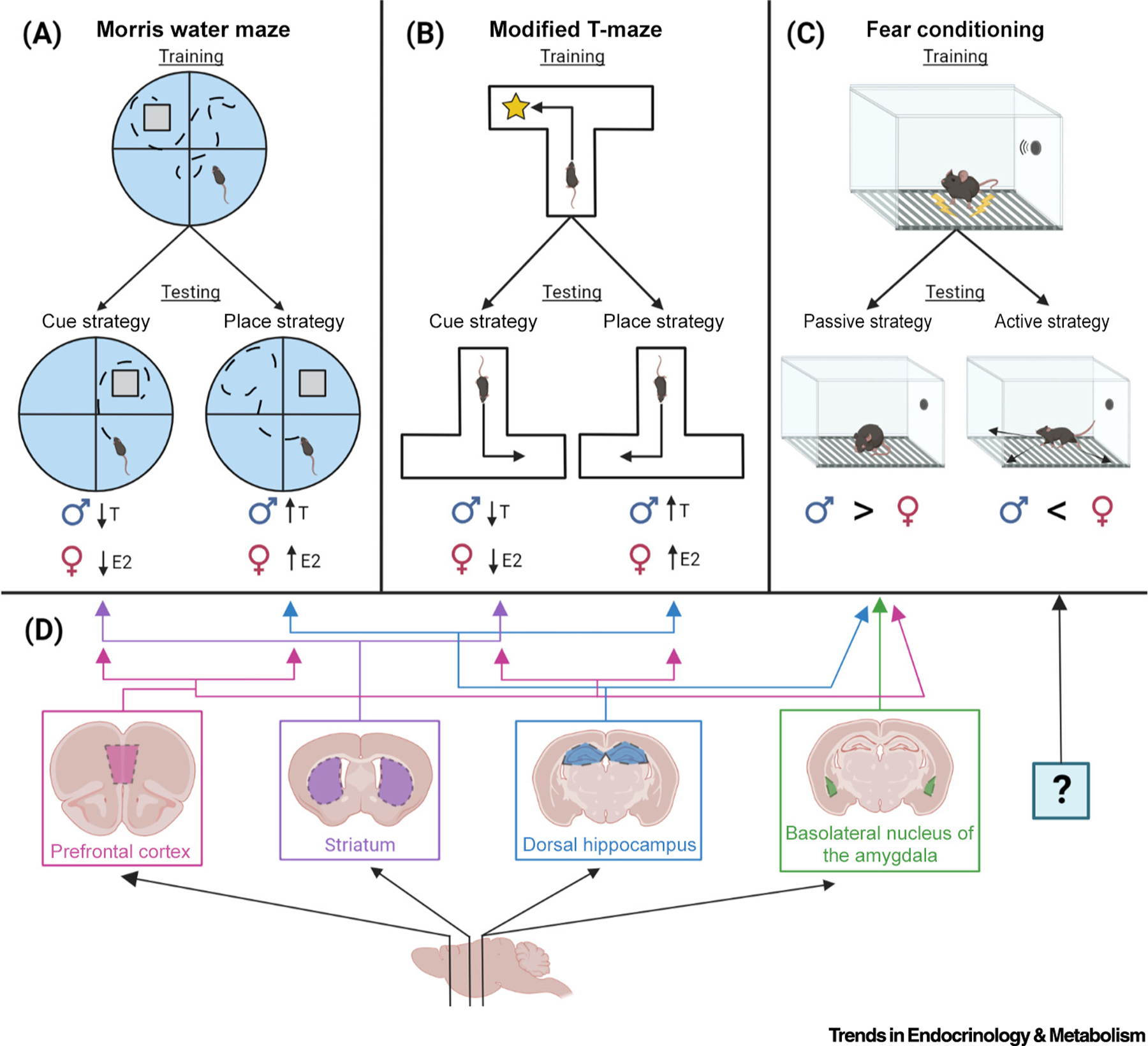Figure 1. Sex-preferred strategy use in common spatial and fear memory tasks and key involved brain regions.

During probe tests in the Morris water maze (A) and modified T-maze (B) spatial memory tasks, male and female rodents in low-testosterone and low-estrogen states, respectively, typically use cue-based or egocentric strategies to navigate to rewarded locations (a visible platform or nutrient reinforcement). However, in high-testosterone (T) and high-estrogen (E2) states, males and females typically use allocentric spatial strategies to locate rewards based on extra-maze cognitive maps. During tone or contextual fear conditioning testing (C), male rodents typically exhibit a passive ‘freezing’ response to tone or context re-exposure, whereas females more frequently display active ‘darting’ behaviors compared with males. Memory and behavioral strategies in spatial and fear-based tasks are mediated by interactions among several brain regions, shown in (D) as cross-sectional slices from sagittal representations of the rodent brain. Brain regions such as the dorsal hippocampus and medial prefrontal cortex are involved broadly in several types of spatial and fear learning and memory, whereas others, such as the striatum and basolateral nucleus of the amygdala, mediate strategy choices in more specific tasks, namely spatial navigation and fear responding, respectively. However, as indicated by ‘?’, little is known about brain regions associated with darting behaviors in fear memory. Created with BioRender (BioRender.com).
